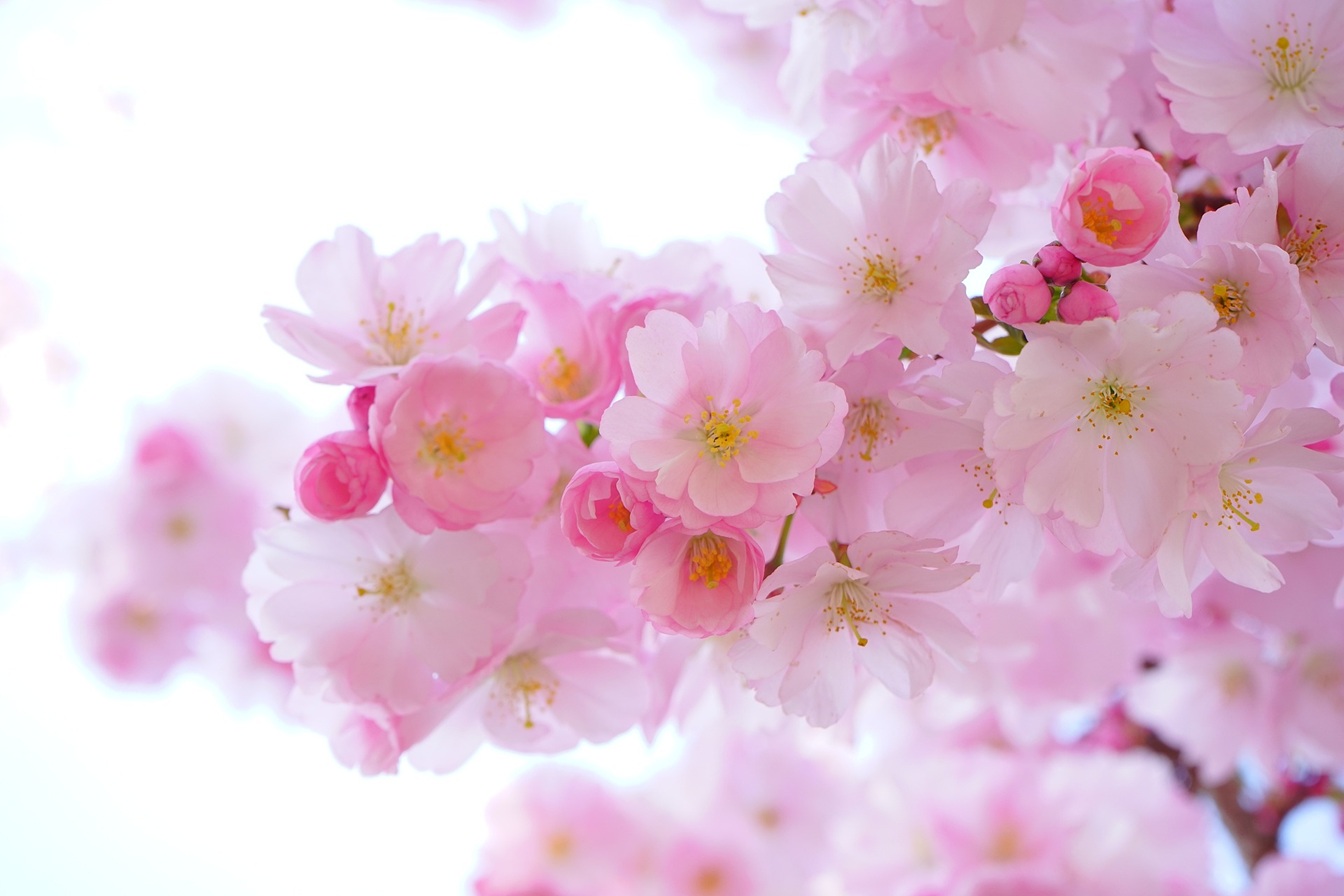-
- USA/Canada 1-800-285-2726
- Australia (02) 8006 4411
The Shikoku Pilgrimage—known as Ohenro—is one of Japan’s most iconic spiritual routes. Stretching across the four prefectures of Shikoku, the journey connects 88 sacred temples associated with the Buddhist monk Kobo Daishi. For centuries, pilgrims have walked this path seeking reflection, healing, and a deeper understanding of Japanese culture and spirituality.
Unlike ordinary sightseeing, the Shikoku Pilgrimage is a living tradition. Travelers wear a white pilgrim’s vest, carry a staff symbolizing Kobo Daishi, and visit temples where rituals such as stamping a nokyocho book connect each step to the region’s centuries-old heritage.
Whether walked in full or explored in selected sections, Ohenro offers a meaningful journey for travelers seeking authenticity, spirituality, and cultural depth.

The Shikoku Pilgrimage appeals to travelers who value meaningful experiences, historical traditions, and Japan’s quieter, more contemplative side.
At every temple on the Shikoku Pilgrimage, simple manners help express respect for the deities, Kobo Daishi, and the generations of pilgrims who have walked before you.
Pilgrims on Ohenro are free to wear comfortable clothing suitable for the season. However, if you wear the traditional white vest, sedge hat, and carry the wooden pilgrim’s staff, you will be clearly recognized—and warmly respected—as a pilgrim along the route. These items symbolize walking together with Kobo Daishi and connect you to the long history of the Shikoku Pilgrimage.

Tokushima Prefecture – Temples 1–23
Kochi Prefecture – Temples 24–39
Ehime Prefecture – Temples 40–65
Kagawa Prefecture – Temples 66–88
The Shikoku Pilgrimage is more than a journey—it is a profound cultural experience shaped by tradition, nature, and heartfelt encounters. Add it to your Japan Deluxe Tours itinerary for a deeper connection to Japan’s spiritual heritage.
Discover escorted cherry blossom tours with March–April departures across Tokyo, Kyoto, Osaka,
Hiroshima, and more. Ideal for travelers those seeking deeper cultural experiences.
 Spring · March–April Departures
Spring · March–April Departures
Cherry Blossom Tours 2026
View Japan Cherry Blossom Tours
See all current cherry blossom itineraries and departure dates.
Japanese Major Temples
Stores the first Buddha statue brought into Japan
Ancient temple founded over a thousand years ago in 860
Buddhist Temple famous for Statue of Kannon
Tokyo Temple Famous for Daily Goma Taki Fire Rituals
One of Japan's most important Tendai monasteries
Five-Story Pagoda - One of the oldest wooden buildings
Said to be the oldest shrine in Japan, having already been active sometime in 250-538